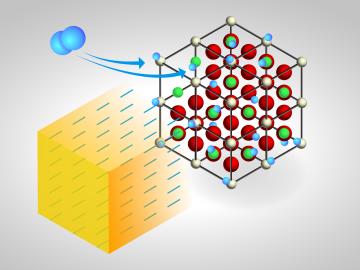Filter News
Area of Research
- (-) Clean Energy (41)
- (-) Materials (21)
- (-) Neutron Science (17)
- (-) Supercomputing (17)
- Advanced Manufacturing (4)
- Biological Systems (2)
- Biology and Environment (7)
- Climate and Environmental Systems (1)
- Data (1)
- Fossil Energy (1)
- Isotope Development and Production (1)
- Nuclear Science and Technology (6)
- Sensors and Controls (1)
- Transportation Systems (1)
Media Contacts


Some engineers are attracted to fuels and engine research out of a love of cars. For Robert Wagner, however, enthusiasm for combustion science and chaos theory drew him to this area of research at Oak Ridge National Laboratory. After years of delivering breakthroughs for cleane...
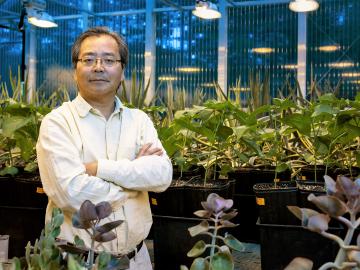

Deep neural networks—a form of artificial intelligence—have demonstrated mastery of tasks once thought uniquely human. Their triumphs have ranged from identifying animals in images, to recognizing human speech, to winning complex strategy games, among other su...
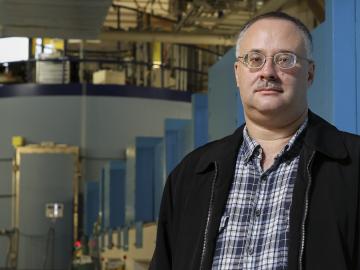
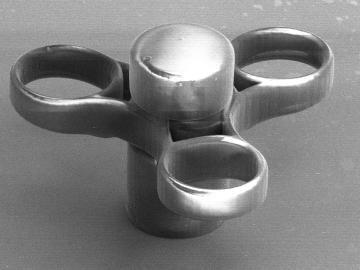
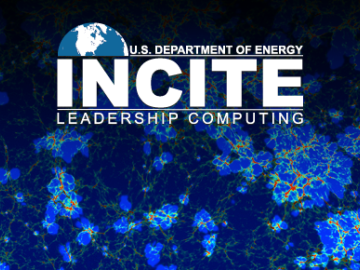
The U.S. Department of Energy’s Office of Science announced 55 projects with high potential for accelerating discovery through its Innovative and Novel Computational Impact on Theory and Experiment (INCITE) program. The projects will share 5.95 billion core-hours on t...
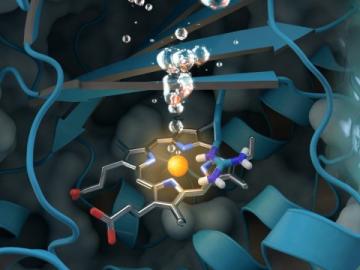
A new study sheds light on a unique enzyme that could provide an eco-friendly treatment for chlorite-contaminated water supplies and improve water quality worldwide. An international team of researchers led by Christian Obinger from the University of Vienna used neutron analys...
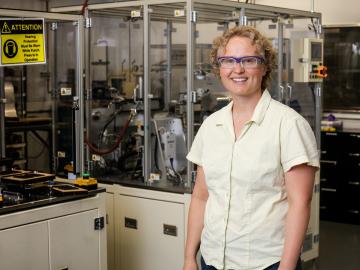
In the quest for better batteries, Rose Ruther has found that the positives nearly always outweigh the negatives, and that’s what keeps her coming back to the lab. Ruther works on novel materials to create batteries with higher energy density at a lower cost as part of the Roll to Roll Manufactur...
